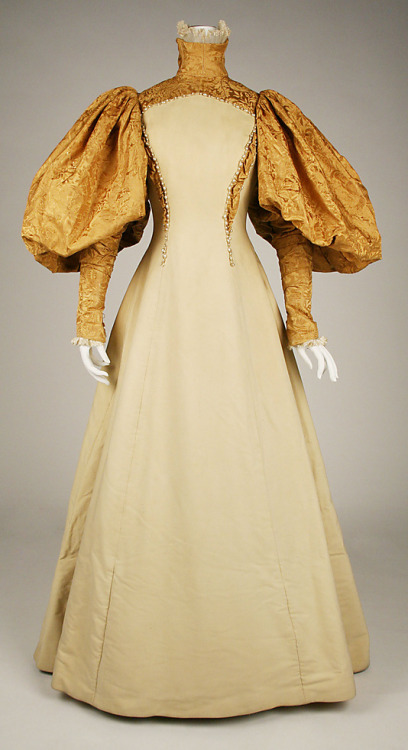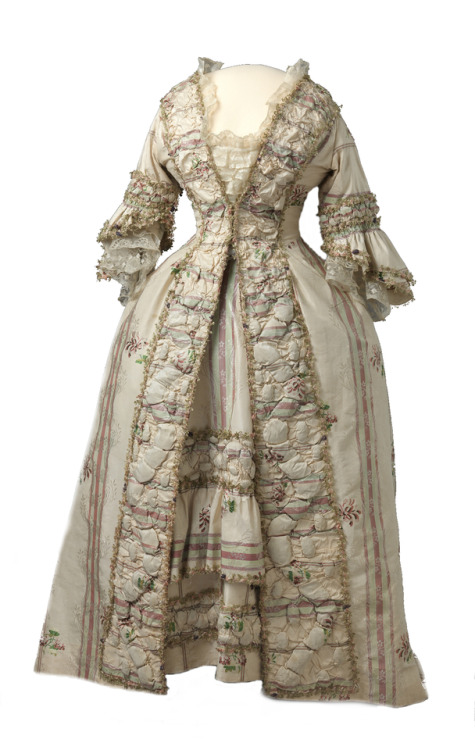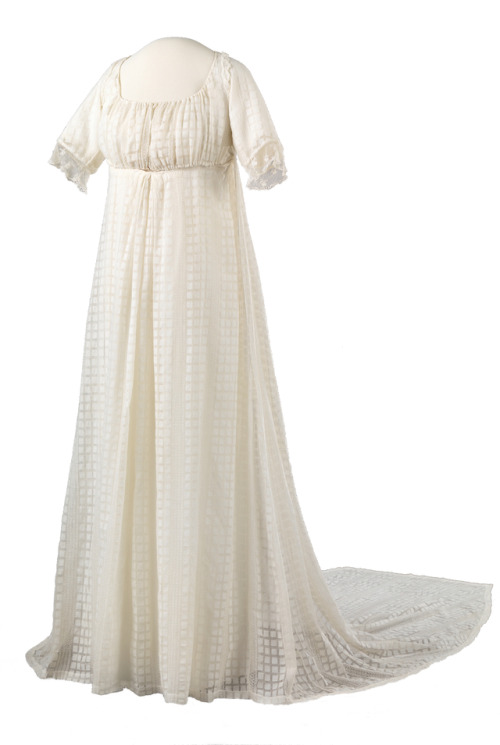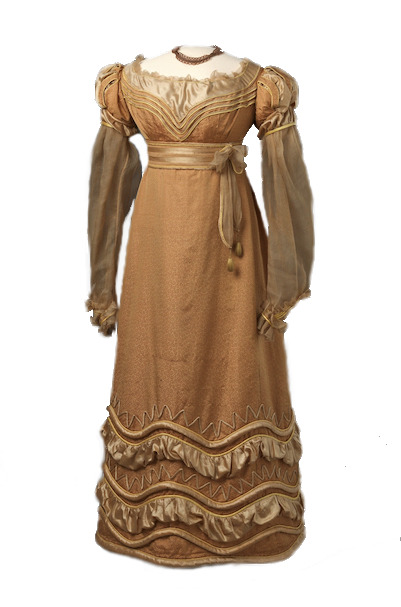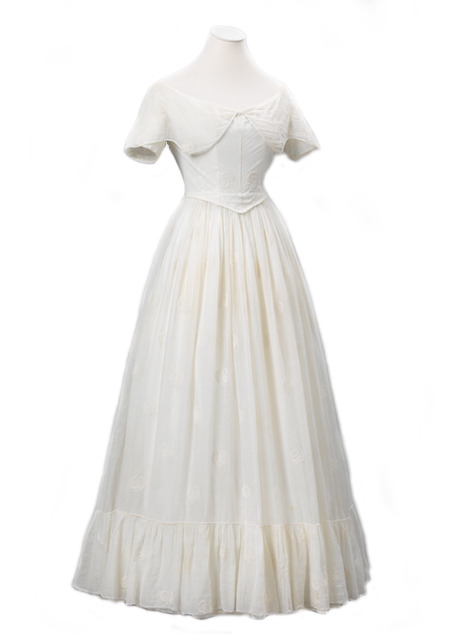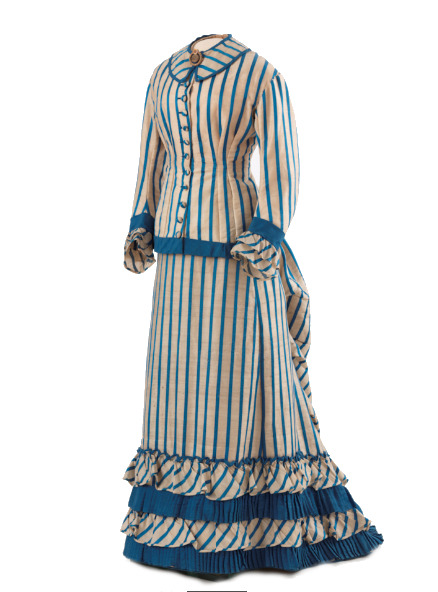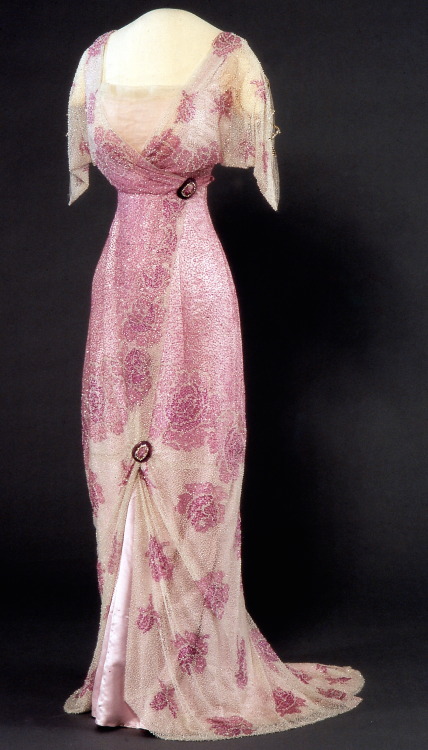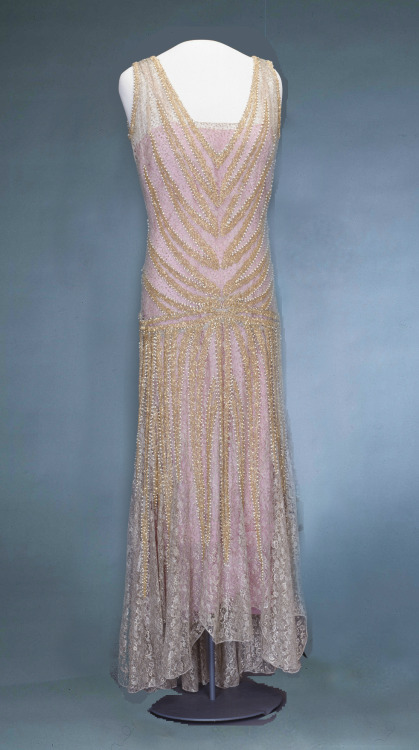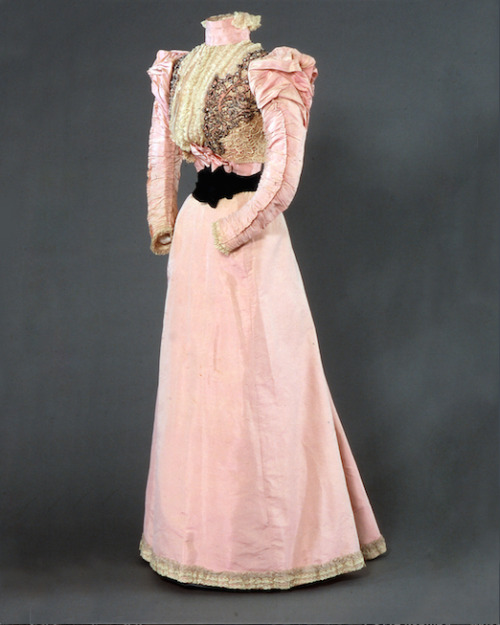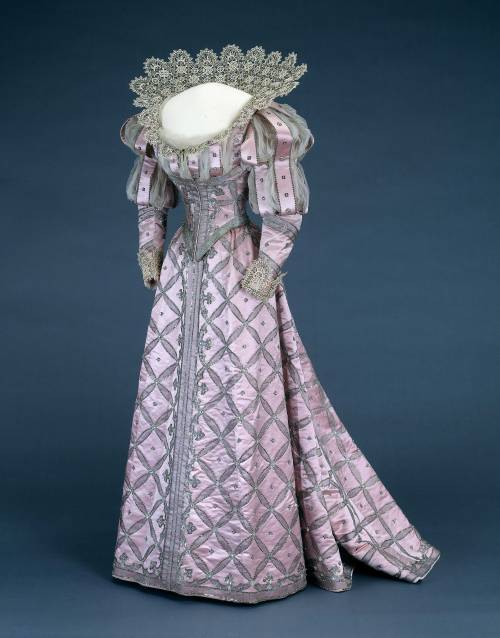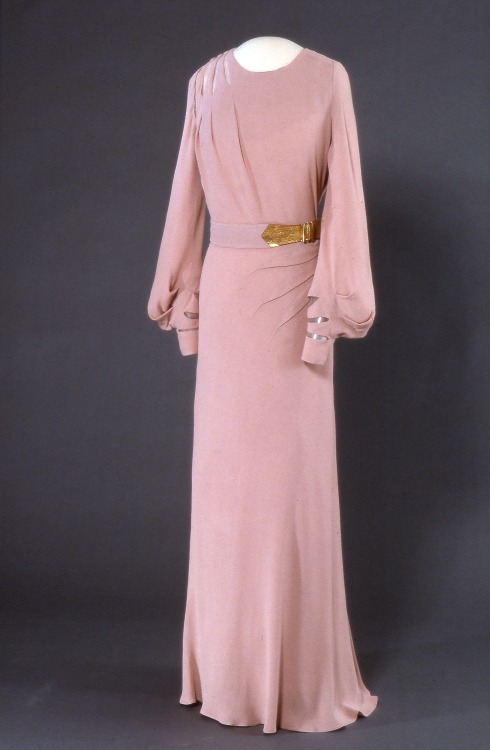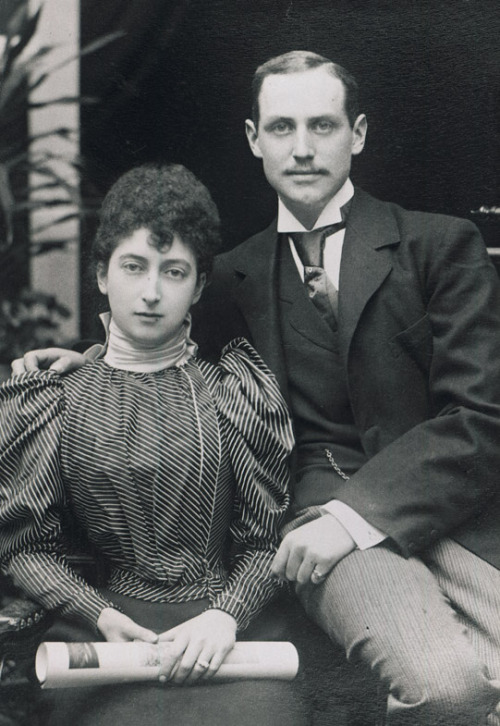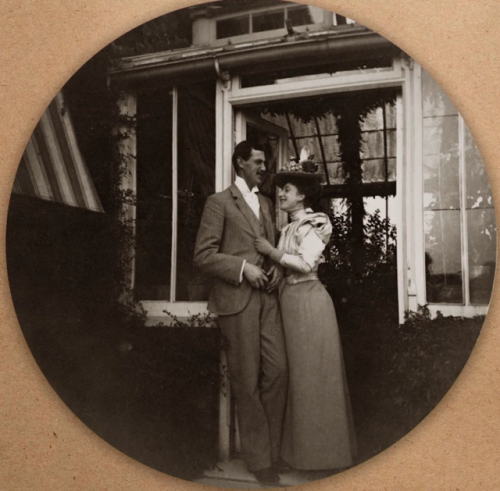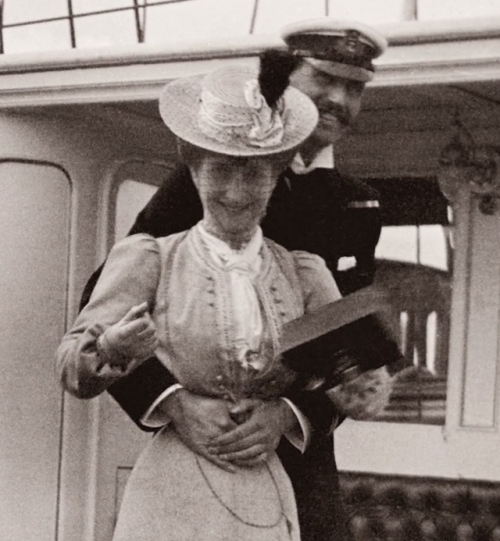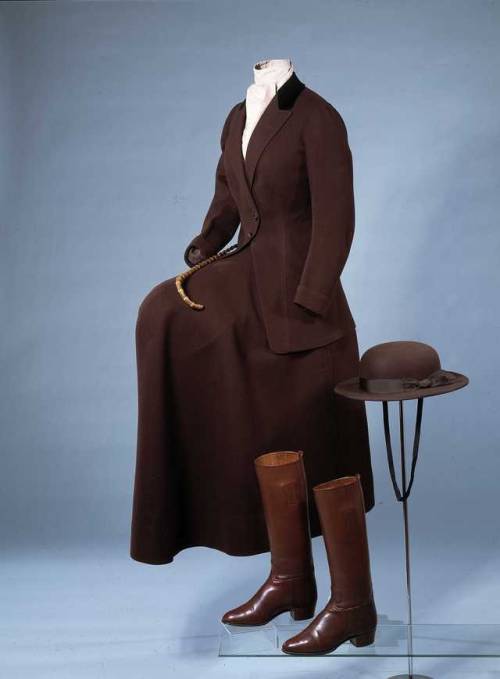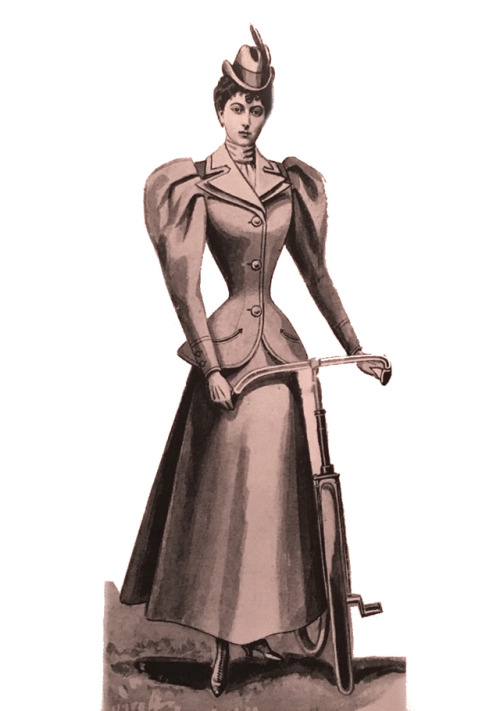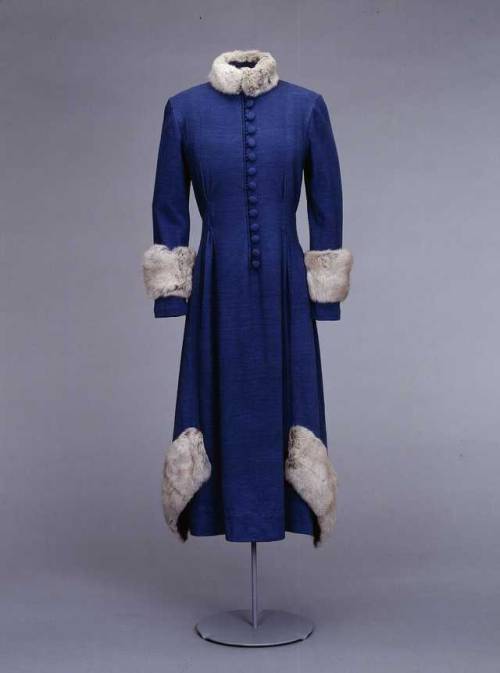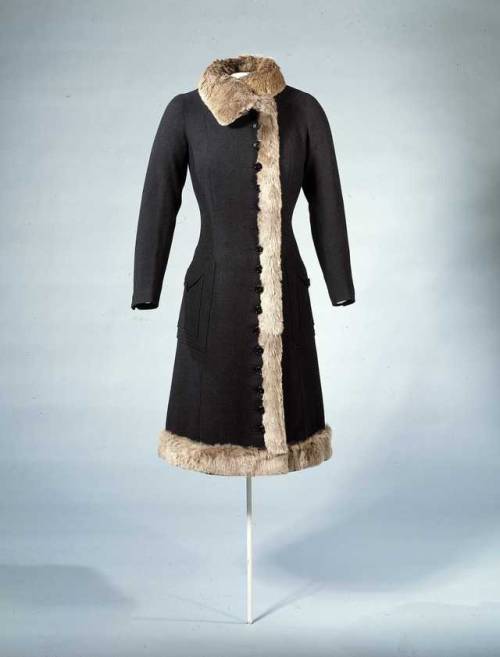#edwardian fashion
Lily Elsie byBain News Service, 1910-05
George Grantham Bain Collection, Library of Congress
Miss Lily Elsie made her name on the opening night of The Merry Widow, in London, on 8th June 1907. Overnight she had the town at her feet. On the stage Elsie seemed mysteriously beautiful with her perfect Grecian profile, enormous blue eyes, and hauntingly sad smile. Tall, cool, and lily-like, she moved with lyrical gestures in a slow-motion grace.
She was a true ‘star’ of Edwardian times, although the word was yet to be used in that context. Magazines produced special supplements about her, adverts featured her picture.
Although her fame and fortune came entirely from public appearances she was painfully shy. After just a few years on the stage she retired to a quite life away from the public eye. She did however leave us with hundreds of pictures, a few gramophone discs, and two films, to remember her by.
Post link
I have been thinking. A few weeks ago I posted how I was planning to make an Edwardian inspired dress for my cousin’s wedding, and now I keep looking through pictures I find online of either extent garments or replicas and I just don’t know how to modernize anything. Then I wanted to check something I had posted quite a while ago and came across these pictures:


This beautiful gown from Janet Arnold’s Patterns of Fashion 2. I’ve been in love with this dress ever since I first laid eyes on it and I totally forgot about it until now! And now I am seriously considering just making this gown and wearing it to the wedding. Too much? Probably, but my cousin and I both love extravagant or a little “over the top” dresses, we’re usually both the overdressed ones so she’ll be fine with it. And I feel like this isn’t too in-your-face-clearly-Edwardian-outdated-garb, so that’s sort of exactly what I wanted. I could totally see this being sold as a ballgown in a store.
Obviously, I’d have to finally give in and make some Edwardian undergarments, consisting of:
1 - a chemise and corset

I found a pattern for a similar corset, and I honestly might do one of these ribbon corsets. They seem easy to make and they were worn in the early 1900s, and if I remember correctly the dress is from 1902. This particular corset is from 1903. Longer corsets became more popular lateron. Or I might just go with an 1890s corset that at least I know how to make who cares at this point.
2 - a corset cover

and 3 - a petticoat

Even though this is a 1908 petticoat I think that’s what it’s supposed to look like for this particular dress.
I know drawers would have been worn but I might cut the line there and opt for modern underwear.
Or maybe I’ll just end up saying screw historical accuracy this is a wedding in 202? I can’t wear a corset all day and just wear a really good bra
Logically thinking, I should make the undergarments first but honestly, now that I found this gem of a dress again I can’t wait to start making it! As I already mentioned in my first post about it, I want it to be lilac. I’ve never imagined it in a different color, not even once I saw a photo of the actual gown (which was not purple). It just stuck with me and I think that dress would look amazing in a soft lavender.
So… now at least I have something to do until I start university again in a few months. I changed studies and I finally got the acceptance letter today so yay I’m happy!
It has been so long since I wrote a post and I apologize, I’ve had some sort of creative block and have attempted to write about many different topics but ended up deleting everything because I just didn’t like it. But now I’ve finally found some inspiration again! I started watching Z - The Beginning Of Everything today as The Great Gatsby is one of my favorite books of all times (it’s just so beautifully written!) and since the show takes place in 1918 (with pretty accurate costumes so far but I’m only on episode 3 so I can’t say too much about it) I’ve spotted some late Edwardian-ish dresses that have made me fall in love with the time period all over again. Obviously, Zelda is a very modern girl for her time so she wouldn’t be wearing them but some of the ladies around her were. But either way, I am not here to talk about the costumes on the show but rather about my plans to make something late Edwardian at some point!
As you may or may not know, I am actually not sure if I’ve ever mentioned it before, I’ve actually attempted making an Edwardian blouse before and failed miserably. The white georgette I was going to use now doubles as my fichu for the Robe à la Polonaise. So ever since then I’ve kind of set the plans aside to make anything Edwardian because there are so many details and after my failure I am terrified of using such dainty fabrics. But now that my cousin is engaged I’ve been wondering if I could slightly modernize an Edwardian dress and… wear it to the wedding?
I definitely love the idea of showing up in full 1910 attire but knowing myself I would feel very out of place and stick out like a sore thumb so I want to make something that works for me and for the occasion.
I don’t have a specific design in mind just yet, but I have gathered some inspiration on Pinterest.




Now, most of those stereotypical Edwardian gowns that I love so much are white, but wearing white to a wedding is not something I wanna do so I’m going to be opting for something pastel, maybe a light blue or green? I have to keep in mind that the event is going to be in more than a year’s time and I’ve recently dyed my hair red and I don’t know if I’m still going to have red hair, so I have to be prepared and wear something that matches everything. That rules out pink (which is giving me nightmares right now, I have so many pastel pink shirts in my closet that I can’t wear because it doesn’t look good anymore!!) but I love that champagne-y slightly rose color in the second picture.
I think I’d go for post 1914 for the length, so not floor length but ankle or mid calf. I especially love this as a potential layer:

I love the frills, the lace, the daintiness of Edwardian clothing so much I think it’s my favorite fashion time period. But there’s so much planning that has to go into it, especially since I’ve never successfully made anything Edwardian before and then it has to be modernized so I most certainly won’t find a pattern anywhere. But most importantly, how can I make it work without wearing a corset? (wedding meals… I know it’s possible but I’d rather not…). Maybe I can work my way around it with just a pouffy corset cover and some padding in the right places.
Maybe I’ll try to make a few sketches soon just to go through some ideas!
Evolution in women’s fashion in Europe, 1770s to 1910s
All attires from The National Museum in Oslo
Post link
Queen Maud + pink
Of the wardrobe today in The National Museum in Oslo, a predominantely large part of the dresses are pink. It’s said to have been Queen Maud’d favourite colour, especially the more beige dominated borderlining “deadleaf”, the big hit colour of the 1930s. Pink is present in her wedding trousseau, in her exquisite 1897 fancy dress, in day dresses and in gala gowns. Here’s some favourites (all in the care of The National Museum in Oslo).
Post link
Princess Maud of Wales + prince Carl of Denmark: a love story
(they were later to become the king and queen of Norway)
Post link
Queen Maud + sports
When then Princess Maud of Wales married in 1896, her trousseau (I.E. her new wardrobe) was discussed in detail in the press. Some magazines was surprised by the amount of “sportswear” and the lack of grand robes, especially considering her mother Alexandra being one of the absolute fashion icons of the time, and she was known for a more opulent style.
The love for sports would be vital in Queen Maud’s life. She was one of the first of the British royal family to ride a bike in public, and she loved riding, skating and tennis. When she became the queen of Norway in 1906, she immediately learned skiing, toboganning and other winter sports. When staying at the royal winter residence, she usually went skiing twice a day.
But for all these activities she used skirts, and always rode side-saddle. Not until the 1930s does skiing trousers appear in her wardrobe. She was surprisingly fit and muscular due to her active lifestyle, and can be seen in many a sleeveless gala gown in the 1930s - she was then well into her 60s.
From top left:
- Riding attire for side saddle, 1920-26. Made by Busvine & Co ( X)
- Queen Maud riding at Bygdø in Oslo, 1910-15
- Riding attire for side saddle, early 1920s. Made by Busvine & Co ( X)
- Description of Maud’s trousseau from “The Queen, 1896
- Then princess Maud, newly wed, biking at Sandringham, 1896
- Sports suit, 1896, part of Maud’s trousseau. Made by Vernon ( X)
- Knitted wool coat trimmed with fur, ca. 1920 ( X)
- Queen Maud skiing in Oslo, 1927-35 sometime
- Wool coat trimmed with fur, late 1920s ( X)
As a bonus: here’s Queen Maud’s ice skates and roller skates from around 1900. They’re essentially sports boots with a separate metal bottom screwed or strapped on the boots. And yeah, high heels were essential.

Post link
Matching coat and dress, of coral silk with brown velvet piping, 1909.
The coat looks inspired by 18th century riding habits and military coats. The dress, on the other hand, looks more inspired by late Medieval and/or early Renaissance style. An eclectic style in total, and interestingly also a bit modern looking, some 110 years later.
From The National Museum in Oslo (OK-12906)
Post link
Time to kick the festive season off - here’s a turnaround on the popular idea of woman as songbird. C. 1908
Post link

